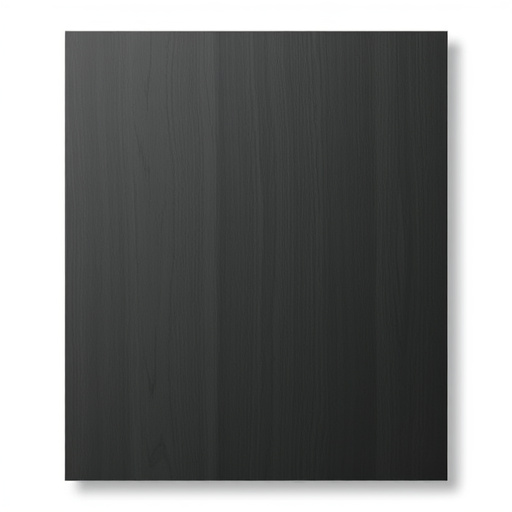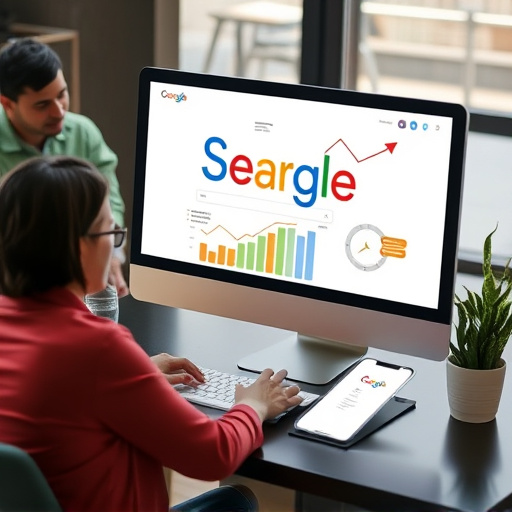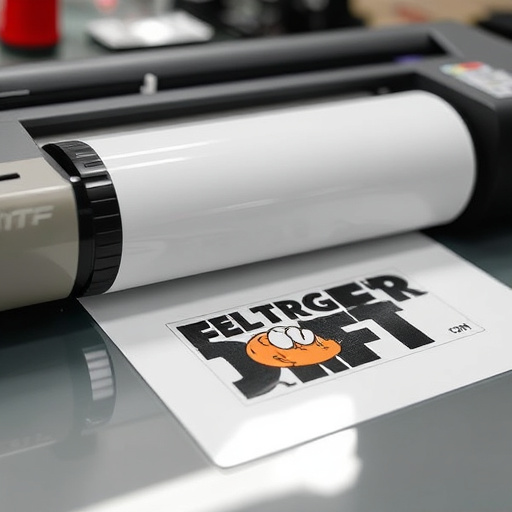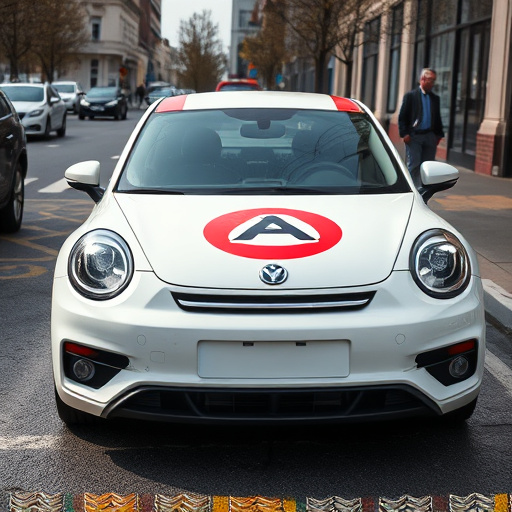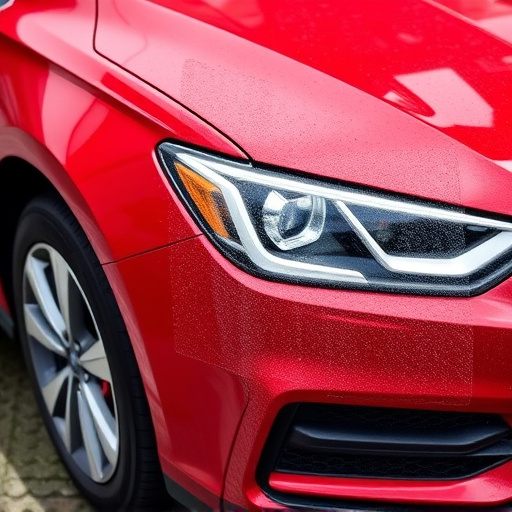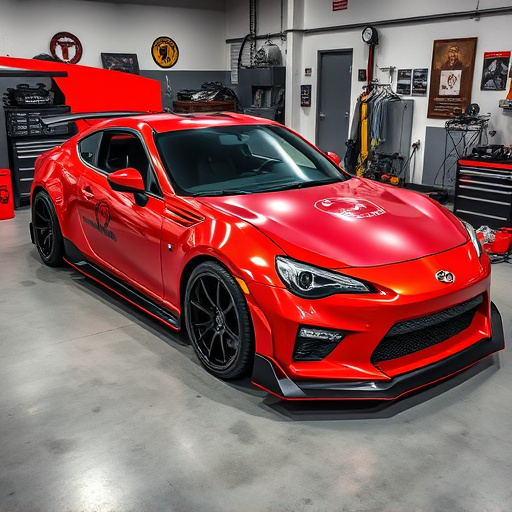Understanding user psychology is key to crafting effective logo designs that leverage color and shape symbolism to create strong brand connections. Contextual presentation enhances impact. Creating memorable logos involves translating brand essence into visual language, adapting across mediums, and balancing simplicity with complexity. Cultural influences and global trends, like minimalism or bold geometrics, drive design choices, ensuring logos remain relevant and connect with their market.
Unveiling the psychology behind strategic logo design is key to creating impactful brand identities. This article delves into the intricate relationship between user psychology and effective logo design, exploring how understanding human behavior can drive memorable visual concepts. We’ll dissect crucial elements that make a logo stand out and analyze cultural influences shaping current trends in logo design creation. By bridging these gaps, we aim to empower designers to craft logos that resonate with audiences on a deeper level.
- Understanding User Psychology for Effective Logo Design
- Key Elements of a Memorable Logo Creation Process
- How Culture and Trends Influence Logo Design Choices
Understanding User Psychology for Effective Logo Design

Understanding user psychology is a cornerstone in the process of creating effective logo designs. Our brains are wired to process visual information rapidly, and we form opinions about brands almost instantly. Logo designers must tap into this psychological knowledge to create symbols that resonate with their target audience. For instance, warm colors like red and orange evoke feelings of energy and passion, while cool colors such as blue inspire trust and calmness. Shapes can also communicate specific ideas; circles symbolize unity, while triangles convey stability and innovation.
Moreover, the subconscious associations we have with certain symbols play a significant role in logo design creation. Incorporating elements that align with a brand’s values and target market’s aspirations can foster a powerful connection. For example, using nature-inspired designs for an eco-friendly business or geometric patterns for modern tech companies can enhance brand recognition. Additionally, the context in which a logo is presented matters; whether it’s on a website, merchandise, or vehicle wraps, the surrounding elements should complement the design to ensure maximum impact. This strategic approach leverages psychological insights, transforming logos into not just visual identifiers but powerful communication tools that engage and influence audiences.
Key Elements of a Memorable Logo Creation Process

Creating a memorable logo involves a strategic process that goes beyond aesthetics. Key elements include understanding the brand’s essence and target audience. Designers must translate the brand’s identity into a visual language, ensuring the logo resonates with viewers instantly. This means balancing simplicity and complexity to capture attention while conveying a clear message.
Effective logo design creation also demands versatility. A successful logo should adapt seamlessly across various mediums, from digital screens to physical products like car customization options featuring high-quality finishes or vinyl wraps. Ultimately, a compelling logo becomes an iconic symbol that leaves a lasting impression, solidifying the brand’s place in the market and fostering instant brand recognition.
How Culture and Trends Influence Logo Design Choices
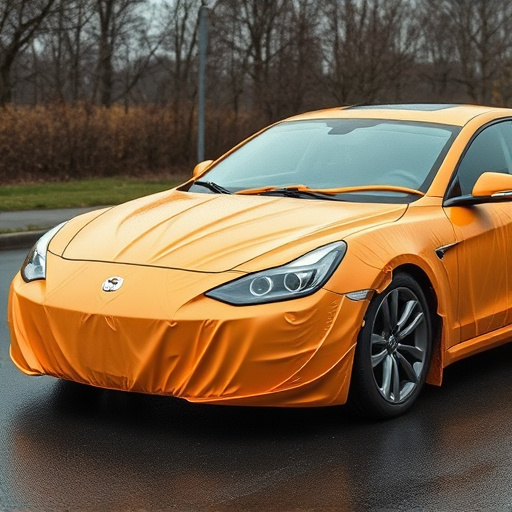
In the dynamic landscape of logo design creation, cultural influences and trends play a pivotal role in shaping visual identities. Designers draw inspiration from the socio-cultural milieu, translating abstract concepts and dominant ideas into concrete symbols. For instance, a brand’s target audience and its associated subcultures can dictate specific colors, shapes, and motifs that resonate with viewers. Additionally, global trends in design, from minimalism to bold geometrics, leave their mark on logo design choices. These trends reflect the evolving aesthetic preferences of consumers, demanding designers stay agile and innovative.
Moreover, the integration of contemporary trends doesn’t merely enhance visual appeal; it ensures logos remain relevant and engaging. Custom vehicle wraps, known for their high-quality finishes, serve as a prime example. By staying attuned to cultural shifts and design trends, logo designers create visually compelling marks that not only capture attention but also foster a lasting connection with the target market.
Logo design creation isn’t just about aesthetics; it’s deeply rooted in understanding user psychology, cultural influences, and memorable key elements. By navigating these factors, designers can create logos that resonate with audiences, stand the test of time, and effectively communicate brand identity. In today’s competitive market, strategic logo design is a game-changer, ensuring brands leave a lasting impression.

